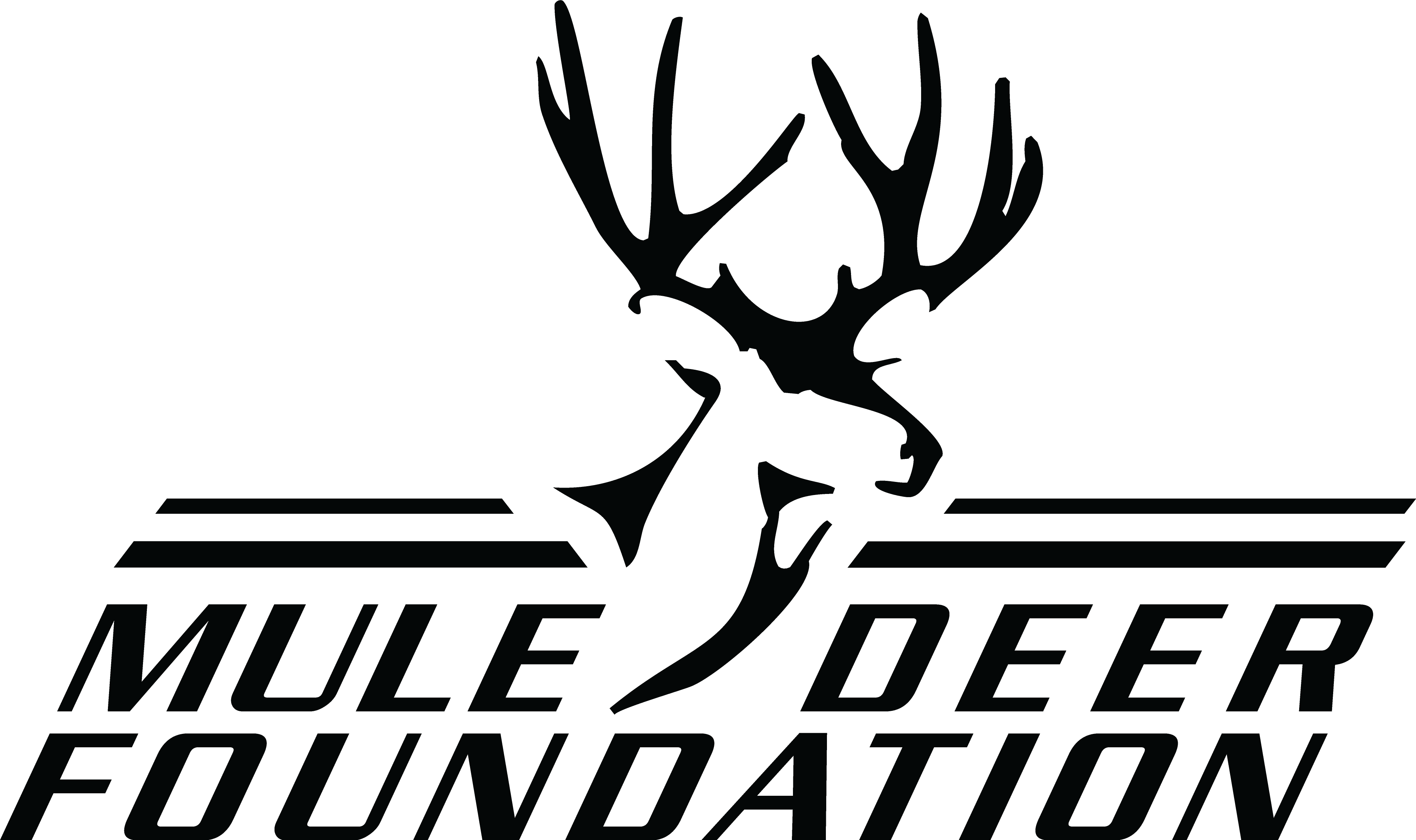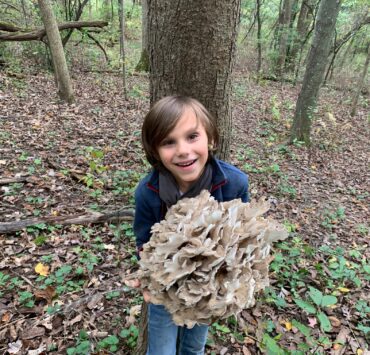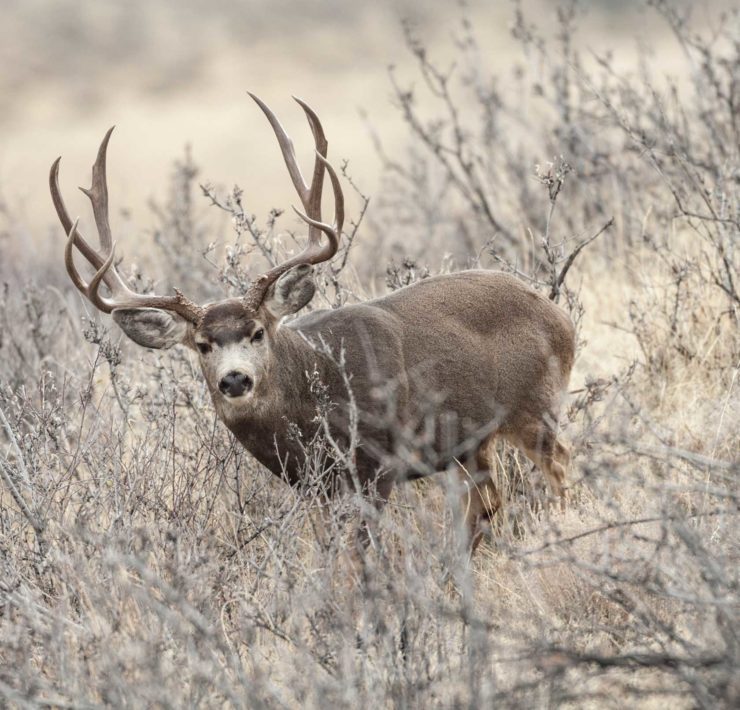THE IMPORTANCE OF HEALTHY OAK WOODLANDS ECOSYSTEMS FOR BLACK-TAILED DEER

READ This and more articles specific to BLACK-TAILED DEER at https://www.blacktaildeer.org/
By: Randy Morrison
Oak woodlands are an important ecosystem type for the long-term health and sustainability of our black-tailed deer herds throughout much of their range in Northern California and Southern Oregon. Black-tailed deer need a variety of habitats to thrive, but oak woodlands are one of the most important. Typically, a healthy oak woodland is made up of an overstory dominated by mature oak trees with enough space between them to allow sufficient light to reach the ground. The most common types are white oak, blue oak, black oak, valley oak, or one of several varieties of live oak. There is little midstory woody vegetation present other than scattered young oak trees, and diverse species dominated by grasses, forbs, and sedges cover the ground. Oak woodlands are natural communities that were historically prominent across the landscape. For thousands of years, they were maintained by frequent low intensity fires. A healthy oak woodland habitat produces many important food sources for deer and other wildlife that include acorns, various forbs, and new leaf growth, which are available in some combination for several months each year.
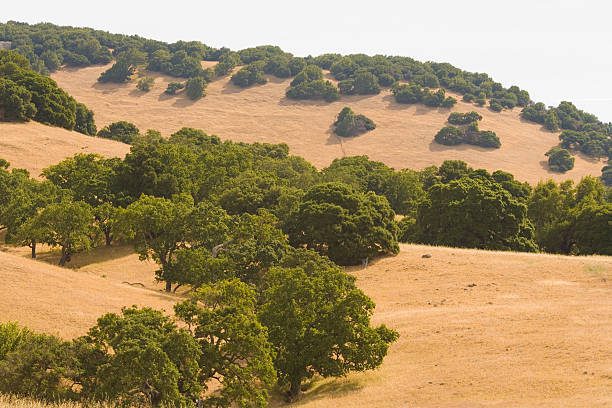
Today, healthy woodlands have been diminished by encroaching conifer forests following fire suppression, destruction by high intensity wildfire, and conversion to agriculture uses. Oak woodlands are being slowly converted to closed canopy mixed conifer forests in most areas where they exist or are being completely destroyed by catastrophic wildfire. Once completely burned, these ecosystems do not recover very quickly on their own if at all.
A priority for the Blacktail Deer Foundation is to implement restoration projects on thousands of acres of oak woodlands each year. These restoration projects typically consist of reducing tree density, removing encroaching conifers and masticating small non-oak tree species and brush. This allows more sunlight to reach the ground which enables the remaining oaks to grow and ground vegetation like grass and forb species to regenerate and flourish. This tree and brush thinning also allows the soil to retain much more moisture from rainfall or snow melt than an untreated one, allowing the habitat to become more drought resistant. Prescribed low intensity burning efforts every 10-15 years after the initial treatments are the most cost-effective way to sustain a healthy oak woodland habitat once it has been restored. In areas that have been severely burned by wildfire and there are not any live oak trees remaining, oak seedling or acorn planting along with native grass and forb mix sowing projects are the best way to jumpstart the restoration process and deter the likelihood of a takeover by invasive plants species.
We have restoration projects currently underway in California in Siskiyou County in the Klamath National Forest and Colusa County in the Mendocino National Forest. We have additional projects in the planning stages for the Mendocino National Forest, as well as the Rogue River-Siskiyou National Forest in Oregon. All of these projects help us address many of the habitat needs of black-tailed deer and help increase forage availability for wildlife.
BDF is actively looking for additional opportunities to restore our precious oak woodlands wherever they exist.
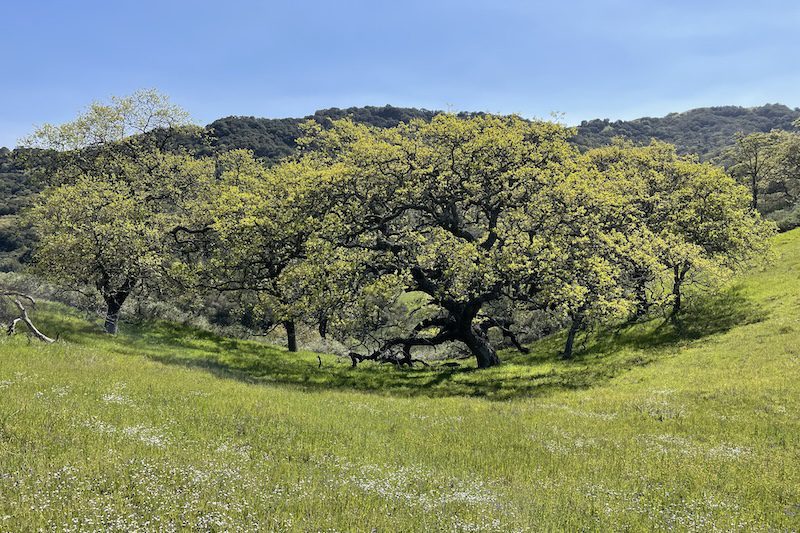
Good Luck!
Good luck this Spring and remember to send any success pictures or stories from the field to [email protected]. You could be featured on our website or in our magazine. If this article or any of our articles have helped you become a better hunter or conservation steward, become a member of the Blacktail Deer Foundation for only $35 dollars a year. Click here to join: https://www.blacktaildeer.org/


